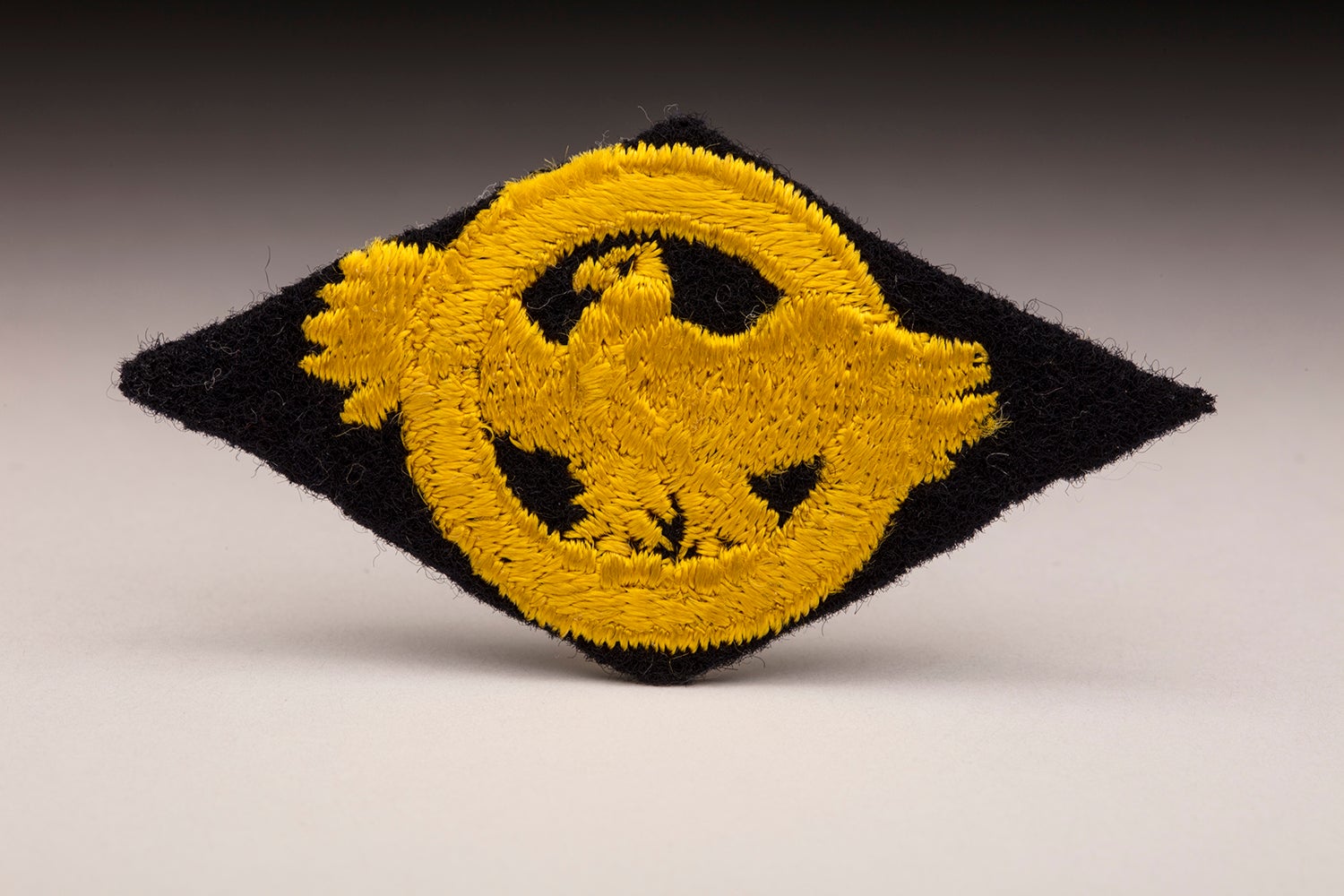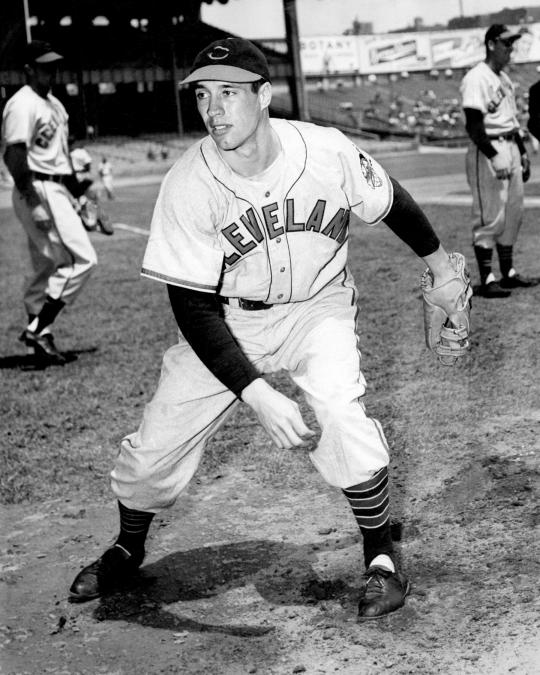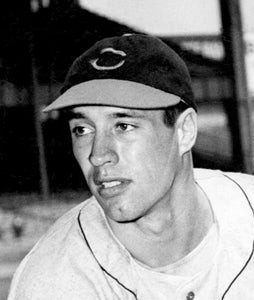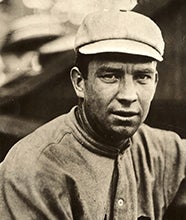- Home
- Our Stories
- Feller Ks 12 in return from military service
Feller Ks 12 in return from military service
Bob Feller hadn’t pitched in 1,428 days, at least not professionally. When Feller took the mound for the Cleveland Indians on Aug. 24, 1945, it had been nearly four years since he pitched near the end of the 1941 season.
There were reasons.
One day after Pearl Harbor and two months after the 1941 season ended, Feller stepped back from the game to enlist in the U.S. Navy and fight in World War II. Only 23 years old, Feller was at the peak of his career and had just finished top three in American League Most Valuable Player voting for the third straight season but decided to become the first professional athlete to volunteer.
“I was on my way to meet with the general manager of the Cleveland Indians to sign my 1942 contract the day of Pearl Harbor,” Feller told ESPN in 2009. “It was about noon; I had the radio on in the car and had just crossed the river into Quad Cities when I got the news. That was it. I had planned on joining the Navy as soon as the war broke out. Everybody knew that we were going to get in it sooner or later and that was the day.”
Official Hall of Fame Merchandise
Hall of Fame Members receive 10% off and FREE standard shipping on all Hall of Fame online store purchases.
After the war ended and Feller was discharged, he came right back to the bump. He was honored with a pregame ceremony where former Cleveland player/manager Tris Speaker presented him with a Jeep, and 46,477 fans packed into Cleveland Stadium to watch the war hero’s return against the Detroit Tigers.
Bob Feller hadn’t pitched in 1,428 days, at least not professionally. When Feller took the mound for the Cleveland Indians on Aug. 24, 1945, it had been nearly four years since he pitched near the end of the 1941 season.
Feller picked up where he left off. He struck out the first batter he faced, Tigers third baseman Jimmy Outlaw. In all, Feller struck out 12 in a complete game effort, only allowing four hits and walking five. His final six and two-thirds innings were hitless, helping Cleveland beat Detroit, 4-2.
“I felt as strong at the end of the game as I did at the start and my arm felt all right,” Feller told the Associated Press after the game. “Of course, I was a little wild in spots but I will be able to reach a keener edge as I go along.”
Feller sailed through the first two innings, the only hitch being a two-out triple in the first that was stranded on a strikeout to end the frame. In the third, after a leadoff double and his fourth strikeout of the day against the first two batters, he walked Outlaw to put two runners on. Detroit second baseman Red Borom and center fielder Doc Cramer connected on back-to-back singles, tying the game at 2-2.
Feller escaped a bases-loaded jam in the inning and locked down from there. He didn’t allow another hit. Although he walked three more runners and one more reached on an error, no other Tigers batter advanced past first base.
He wrapped up his return performance by striking out Outlaw for the second time in the game.
Feller pitched in eight more games in 1945, finishing with a 5-3 record.
Excluding his shortened 1945 season, Feller led the AL in strikeouts seven straight seasons, innings pitched in five seasons and games started in five seasons. His four years away from the sport during his prime took away a chance to build his statistics even higher. But he never seemed to mind.
“It was a war that had to be won,” Feller said to ESPN. “I needed to join the Navy. If you ask the people in Europe who won World War II, they don’t say the Allies, they say the United States won the war and saved the world. Now, I’m no hero – heroes don't come home from war, survivors return from wars. I’m very lucky, you know that.”
Feller was inducted into the Hall of Fame in 1962.
Evan Gerike was the 2022 public relations intern in the Hall of Fame’s Frank and Peggy Steele Internship Program for Youth Leadership Development
Related Stories

Bob Feller pitches the first of 12 career one-hitters

17-year-old Bob Feller makes his first major league start

Feller, Paige teamed up for 1946 barnstorming tour

‘Ruptured Duck’ patch honored soldiers, including ballplayers, who served in World War II

Bob Feller pitches the first of 12 career one-hitters

17-year-old Bob Feller makes his first major league start

Feller, Paige teamed up for 1946 barnstorming tour





